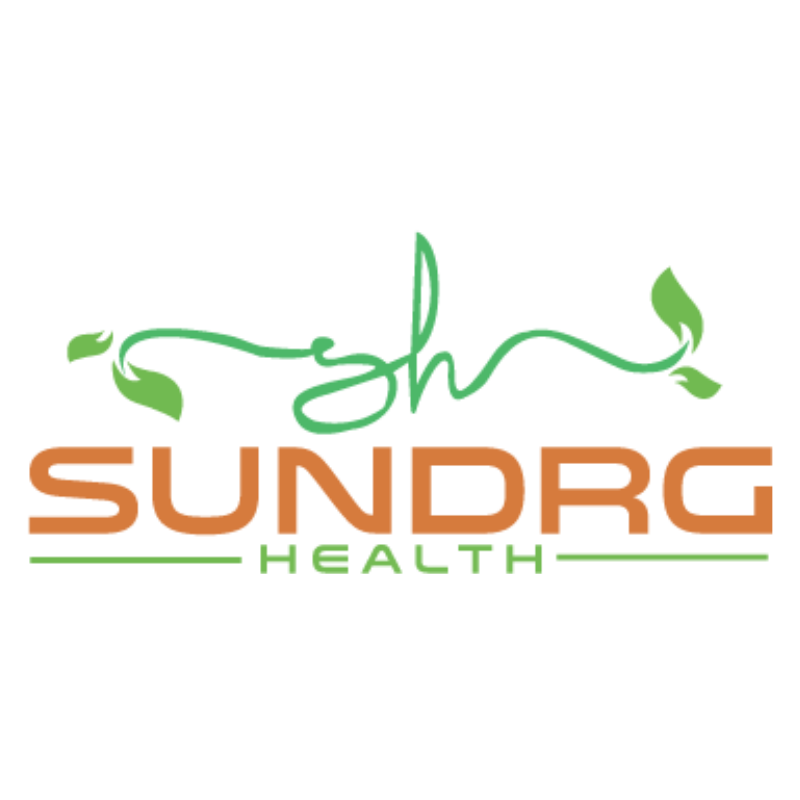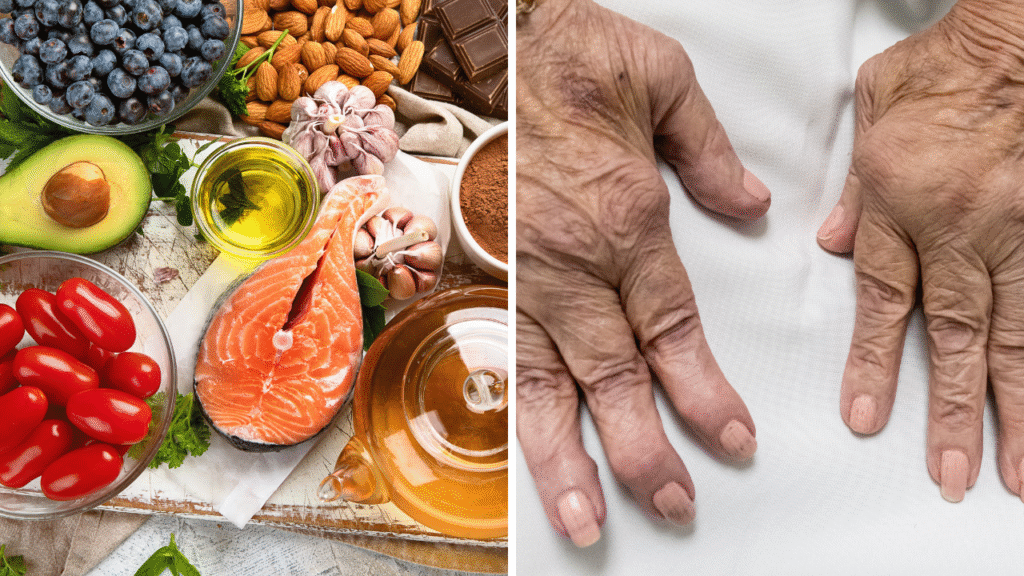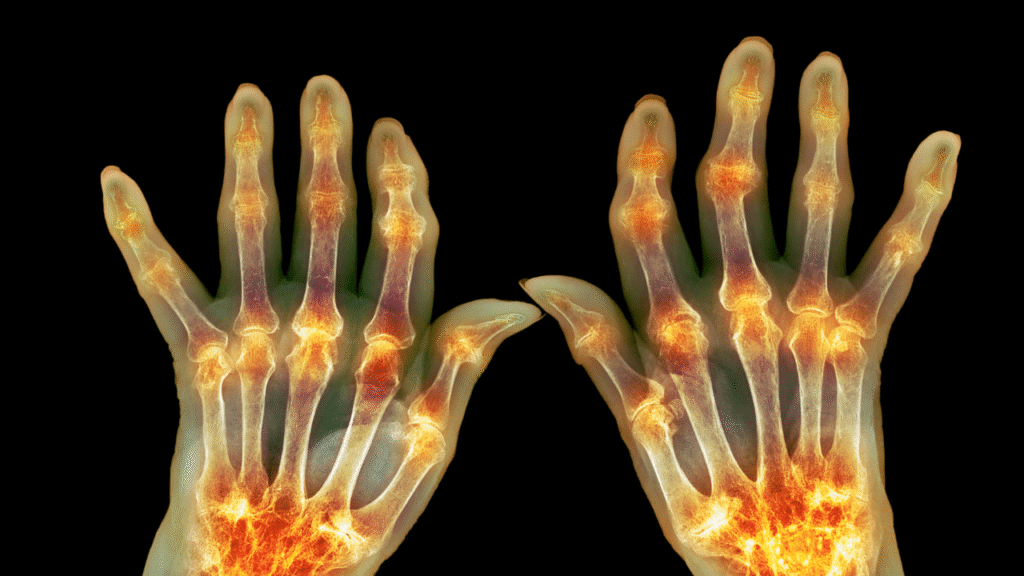You need a healthy body to be happy and live a long life. It makes you feel better mentally, gives you more energy, and keeps you from getting chronic diseases. The debate about vitamins and supplements is ongoing, but a balanced diet full of fresh vegetables, whole grains, fruits, whole grains, and lean proteins is the key to good health.

Here are the top 14 vitamins & supplements that can support our health
1. Omega-3 fatty acids
Omega-3 fats are essential for the body because they help make hormones that control how blood clots, how artery walls contract and relax, and how much inflammation there is. They also bind to receptors outside of cells that coordinate how genes work. Omega fats have been shown to help prevent heart disease, stroke, lupus, eczema, rheumatoid arthritis, and even cancer.
Food Sources
Omega-3 fatty acids are in fish, vegetable oils, nuts, flax seeds, flaxseed oil, and leafy vegetables. The body needs omega-3 fatty acids. These are fats that the body needs but can’t make on its own.
Males need 1,600 mg of omega-3s from plants daily, and females need 1,100 mg.
2. Magnesium
It’s needed for many things in the body, like preventing and treating chronic diseases. It takes part in more than 300 enzyme reactions in the body, including the function of muscles and nerves, the control of blood pressure, and the support of the immune system.
Food Sources
Magnesium is in many foods, like nuts, seeds, dark green vegetables, whole grains, legumes, and other foods that are incorporated. For example, some ingredients include almonds, spinach, cashews, peanuts, soy milk, black beans, edamame beans, peanut butter, whole wheat bread, avocado, potato, brown rice, yogurt, and banana.
The Recommended Dietary Allowance (RDA) for adults 19 to 51 years old and older is 400–420 mg per day for men and 310–320 mg per day for women.
A high magnesium intake can cause stomach problems, kidney problems, low blood pressure, urine retention, nausea and vomiting, depression, lethargy, loss of control over the CNS, cardiac arrest, and death.
3. Vitamin D
Vitamin D is a fat-soluble vitamin that helps the body absorb and keep calcium and phosphorus and keep infections and inflammation under control. There are two types of vitamin D: vitamin D2 (also called “pre-vitamin D” or “ergocalciferol”) and vitamin D3 (also called “cholecalciferol”). The sun is the leading provider of vitamin D, but many people need more because they live in places with less sunlight or stay inside for long periods. In addition, because melanin acts as a shade, people with black skin have lower blood levels.

Food Sources
Some sources of Vitamin D3 are fatty fish, fish liver oils, egg yolks, cheese, beef liver, and mushrooms. In addition, many foods and supplements, like cod liver oil, salmon, swordfish, tuna fish, orange juice, dairy products, and cereals, have added vitamin D.
The Recommended Dietary Allowance (RDA) is 600 IU (15 mcg) for adults 19 and older and 800 IU (20 mcg) for adults over 70.
4. Probiotics
Probiotics are vital for keeping your gut healthy, which is vital for your health. Probiotics are live bacteria that help keep your gut and digestive systems healthy. On the other hand, harmful bacteria and pathogens can make it hard for the gut to work and cause illness and disease. Studies have shown that probiotic supplements may help keep your immune system healthy, control inflammation, keep your brain healthy, and keep your weight in check.

Food Sources
Probiotic foods are fermented foods like sauerkraut, pickles, miso, kimchi, kefir, aged cheeses, cultured nondairy yogurt, and digestive probiotic. Live probiotics in supplements are another way to help with regularity and a healthy balance in the gut.
5. Iron
Iron is a vital mineral that helps keep blood healthy. It makes up a big part of hemoglobin, a protein in red blood cells that pushes oxygen from the lungs to all body parts, and myoglobin, a protein in muscle tissues that carries and stores oxygen. Food has two kinds of iron: heme iron and non-heme iron. Most people get all the iron they need from what they eat, but some people are more likely to get iron deficiency.
Sources of Food
Heme iron is in meat, poultry, and seafood. Non-heme iron is in fortified grains, nuts, seeds, legumes, and vegetables. Vitamin C and heme iron are two things that can either help or hurt the absorption of non-heme iron.
The Required Dietary Allowance (RDA) for adults 19 to 50 years old is 8 mg per day for men, 18 mg per day for women, 27 mg per day for pregnant women, and 9 mg per day for nursing mothers. Teenagers aged 14 to 18 need more iron. Women who are 51 or older should stick to the RDA until menopause is proven.
6. Zinc
Nearly 100 enzymes depend on the trace mineral zinc to perform crucial chemical reactions. It helps make DNA, helps cells grow, makes proteins, fixes damaged tissue, and keeps the immune system healthy. It also changes how things taste and smell and is needed when things are overgrowing.

Food Sources
Meats, poultry, seafood, legumes, whole grains, nuts, seeds, and fortified breakfast cereals are all perfect sources of zinc, but they also contain phytates, making it harder to absorb zinc.
For people 19 and older, the RDA is 11 mg daily for men and 8 mg for women. During pregnancy and breastfeeding, a bit more is needed.
7. Calcium
Calcium is good for strong bones and teeth, as well as for blood to clot, muscles to contract, heart rhythms to stay steady, and nerves to do their jobs. 99% of the calcium in the body is in the bones. The other 1% stays in blood, muscle, and other tissues. The body works hard to keep it in the blood and tissues so that the amount stays the same.
Food Sources
Calcium can be found in many foods, such as dairy and plant-based milk, cheese, yogurt, winter squash, edamame, tofu, canned sardines, salmon, almonds, and leafy greens.
Calcium has a recommended daily allowance (RDA) of 1,000 mg for women ages 19 to 50, 1,200 mg for those 51 and older, 1,000 mg for pregnant or breastfeeding women, and 1,000 mg for men ages 19 to 70.
8. Vitamin C
Vitamin C is a water-soluble vitamin that dissolves in water and enters the body’s tissues. However, it doesn’t store well and must be eaten or taken as a supplement every day. It helps fight infections and speed up the healing of wounds. It is also a powerful antioxidant that can eliminate dangerous free radicals. It is needed to produce collagen, a fibrous protein in the body’s connective tissue. It also helps create hormones and chemical messengers used by the brain and nerves.

Food Sources
The best places to get vitamin C are citrus fruits and vegetables, bell peppers, strawberries, tomatoes, and white potatoes.
For adults 19 and older, the RDA is 90 mg daily for men and 75 mg for women.
9. Vitamin K
Vitamin K is a vitamin that dissolves in fat and comes in two different forms: phylloquinone and menaquinones. It helps make proteins like prothrombin and osteocalcin, which are needed for blood to clot and bones to grow. It is found all over the body, broken down immediately, and quickly passes through urine or stool. So even when taken in large amounts, it doesn’t usually cause problems in the body like other fat-soluble vitamins can.
Food Sources
Phylloquinone is found in green leafy vegetables, soybean, canola oil, salad dressings, meal replacement shakes with added vitamins, menaquinones, and natto.
Vitamin K has a recommended daily allowance (RDA) of 120 mcg for men and 90 mcg for women, pregnant or nursing women, and adults 19 and older.
10. Vitamin E
The only vitamin E that the body can use is alpha-tocopherol, which dissolves in fat. Its main job is to act as an antioxidant and eliminate harmful free electrons. It also improves the immune system and stops blood clots from forming in the heart’s arteries. In addition, vitamin E can lessen the production of free radicals and shield cells from their damage.
Food Sources
Vitamin E is in wheat germ oil, sunflower seeds, almonds, peanut butter, beet greens, collard greens, spinach, pumpkin, bell pepper, asparagus, mangoes, and avocados.
The Recommended Dietary Allowance (RDA) for vitamin E is 15 mg daily for males and females, including pregnant women, and 19 mg (28 IU) for lactating women.
11. Vitamin B6,
Vitamin B6, or pyridoxine, is a water-soluble vitamin discovered naturally in many foods, added to others, or taken as a supplement. It helps over 100 enzymes do many different things, like break down proteins, carbohydrates, and fats, keep homocysteine levels normal, and keep the immune system and brain healthy. Vitamin B6’s role in preventing disease has been studied a lot, and supplements seem to be the best way to treat nausea caused by pregnancy. In addition, having enough B6 in your blood, as opposed to not having enough, may be linked to a lower risk of cancer.
Food Sources
Vitamin B6 can be found in animal and plant foods, like beef liver, tuna, salmon, fortified cereals, chickpeas, poultry, vegetables, and fruits.
Men aged 14 to 50 need 1.3 mg daily, women ages 14 to 18 need 1.2 mg, 19 to 50 need 1.3 mg, and 51 and older need 1.5 mg. It goes up to 1.9 mg mcg and 2.0 mg during pregnancy and breastfeeding.
12. Vitamin B12,
Vitamin B12, or cobalamin, is naturally found in animal foods and can be added to or taken as a supplement. It is needed to make red blood cells and DNA and is vital for how the brain and nerve cells work and grow. The protein in food binds to vitamin B12, which is then absorbed in the small intestine. Therefore, supplements and foods added to make them healthier have free B12, which may be easier to absorb.
Food Sources
Vitamin B12 is added to fish, shellfish, liver, red meat, eggs, poultry, dairy products, and enriched milk.
The RDA for men and women over 14 is 2.4 mcg per day. This number goes up to 2.6 mcg and 2.8 mcg during pregnancy and breastfeeding.
13. vitamin A
It’s good for your eyes. It helps rebuild bones, makes white blood cells more active and makes more of them, keeps endothelial cells healthy, and controls cell growth and division. Preformed vitamin A (retinol, retinyl esters) and provitamin A carotenoids like alpha-carotene and beta-carotene that are turned into retinol are the two primary forms of vitamin A in the human diet. In addition, carotenoids like lycopene, lutein, and zeaxanthin are found in food. They are not turned into vitamin A but are good for your health.

Foods Sources
The following are added to foods: retinol, beta-carotene, lycopene, lutein, and zeaxanthin. Some examples are leafy green vegetables, orange and yellow vegetables, tomatoes, red bell peppers, cantaloupe, mango, beef liver, fish oils, milk and eggs.
For adults 19 years and older, the RDA is 900 mcg RAE for men and 700 mcg RAE for women.
Because the FDA does not regulate supplements, you should consider your diet and what you eat before purchasing them. Do not use Supplements to replace a healthy diet.
Since the FDA doesn’t control supplements, you should consider what you eat and your diet before buying them. You shouldn’t use supplements in place of a healthy diet.

Benefits of Organic Matcha Green Tea
- High in Antioxidants
- Enhances Mental Alertness
- Sustainable Energy and Focus
- Enhance Metabolism
- Supports Relaxation
- Rejuvenation your Skin
- High in Fiber & helps Detox.
- Promote Weight Loss Naturally
- Provide Vitamin C, Selenium, Zinc and Magnesium
- Blood Sugar Regulation
- Enhanced Mood and Stress Reduction




